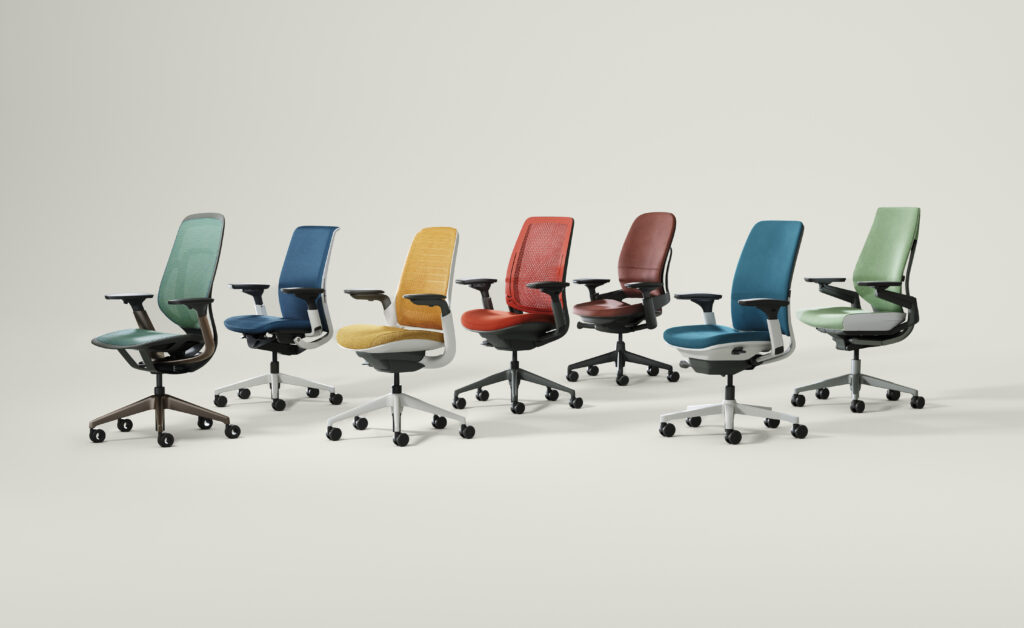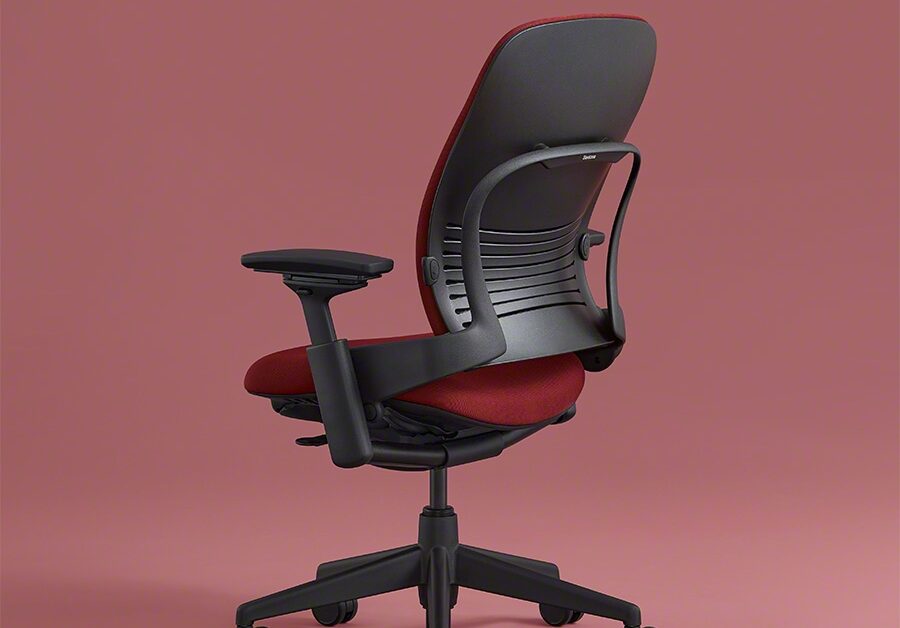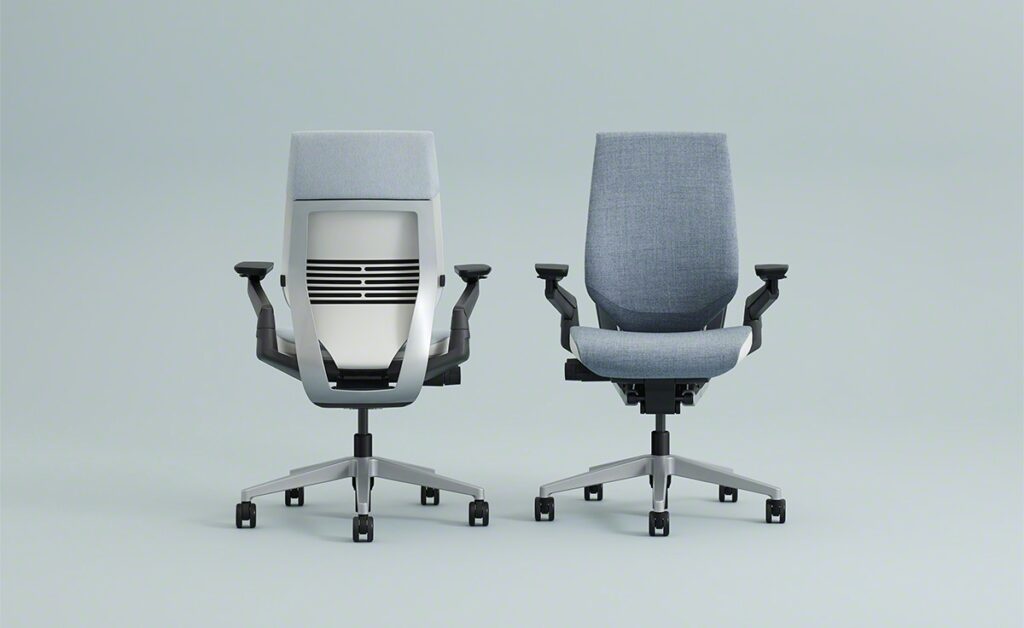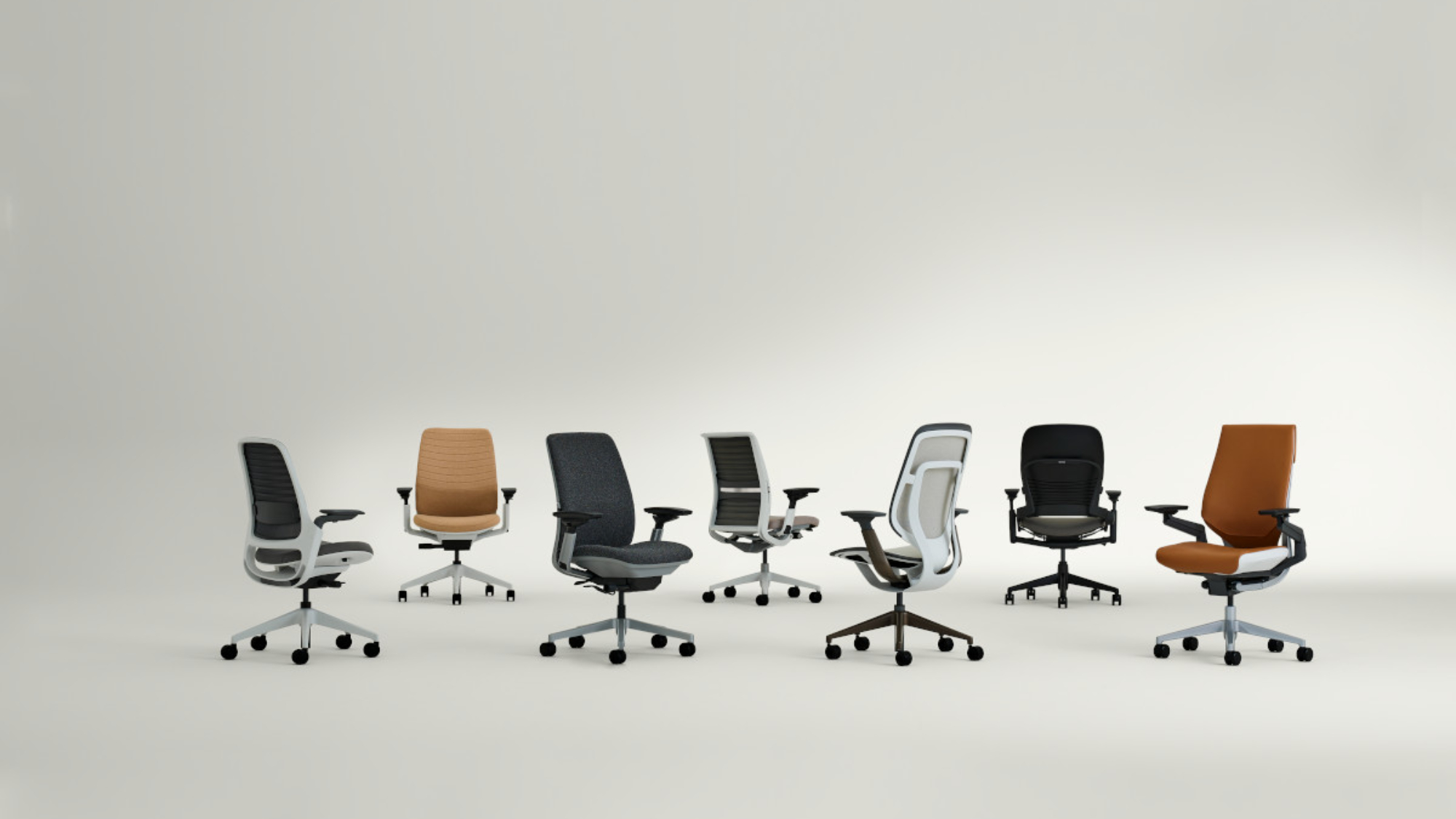In today’s work environment, many employees, whether in offices or working remotely, spend most of their day seated. While it might seem comfortable, prolonged sitting has become a significant health concern, contributing to issues like obesity, heart disease, diabetes, and musculoskeletal disorders (MSDs). These health risks not only impact individual well-being but also drive up healthcare costs and reduce productivity. Purchasing an ergonomic task chair could be a viable solution for many companies.
The Impact of Sedentary Work
Prevalence of Sedentary Jobs: A large percentage of the workforce is now engaged in roles that require them to sit for most of the day. This sedentary lifestyle is a key contributor to a range of health problems, with back pain being one of the most common complaints. Studies have shown that prolonged sitting is associated with a higher risk of obesity, cardiovascular disease, diabetes, and various musculoskeletal disorders.
Health Risks: Prolonged sitting leads to muscle inactivity, which in turn can cause poor posture, stiffness, and a decrease in overall physical health. The lack of movement can slow down metabolism, contributing to weight gain and increasing the risk of heart disease and diabetes. Moreover, sitting for long periods puts strain on the spine, leading to back pain and other musculoskeletal issues.
Economic Impact: The health issues associated with typical office jobs have significant economic implications. Employers face substantial costs related to healthcare, workers’ compensation, and lost productivity. Musculoskeletal disorders alone are responsible for billions of dollars in annual expenses, as employees require medical treatment, time off work, and in some cases, even surgery.
The Role of Ergonomic Seating
Reduced Musculoskeletal Disorders (MSDs): One of the most effective ways to mitigate the health risks associated with prolonged sitting is through ergonomic seating. Ergonomic task chairs are designed to support the natural curves of the spine, reduce strain on the lower back, and promote better posture. By providing proper support, these chairs can significantly reduce the incidence of back pain, neck pain, and other musculoskeletal disorders.
Improved Productivity: Employees who are comfortable and pain-free are generally more productive. Ergonomic chairs help prevent discomfort and fatigue, allowing employees to focus on their work without being distracted by physical discomfort. Studies have shown that companies that invest in ergonomic furniture and train their employees how to use it, experience higher levels of productivity and lower rates of absenteeism.
Increased Job Satisfaction: Ergonomic workstations contribute to higher job satisfaction and employee morale. When employees feel that their well-being is prioritized, they are more likely to be engaged and motivated at work. This, in turn, can lead to lower turnover rates and a more positive workplace culture.

Proper Task Chair Ergonomics
A properly adjusted task chair can significantly reduce discomfort and prevent injuries related to prolonged sitting. Here are the key elements of proper task chair ergonomics:
Key Features of an Ergonomic Task Chair:
- Adjustable height: Ensures your feet can rest flat on the floor or a footrest.
- Lumbar support: Supports the natural curve of your lower back.
- Adjustable armrests: Allow your arms to rest comfortably with your shoulders relaxed.
- Seat depth adjustment: Prevents pressure on the backs of your knees.
- Seat tilt: Allows for slight reclining to relieve pressure on the lower back.
- Swivel: Enables easy movement around your workspace.
- Casters: Allow smooth mobility.
Proper Ergonomic Task Chair Adjustment:
- Seat height: Adjust the seat so your feet are flat on the floor or a footrest, with your knees at a 90-degree angle.
- Lumbar support: Position the lumbar support to fit the natural curve of your lower back.
- Armrests: Adjust the armrests so your shoulders are relaxed and your upper arms hang naturally.
- Seat depth: Adjust the seat so there’s about 2-3 inches of space between the edge of the seat and the back of your knees.
- Seat tilt: Experiment with slight reclining to find a comfortable position that reduces pressure on your lower back.
Download our ergonomic seating guide here.
Steelcase Ergonomic Task Chairs
Steelcase offers a full line up of ergonomic task chairs. To help you find the task chair that is best suited for how you work, we have ranked three of our chairs on a scale of good, better, and best. The criteria are as follows:
- Active Sitting: which encourages movement and posture variation
- Smart Fit: Intuitive adjustments with appropriate range to accommodate diverse users and sizes
- Connection: Mechanism, back, seat, and arms work in unison to keep user supported while actively sitting
Good, Better, Best: Based on these criteria, here are our results:
Good: Steelcase Think Chair

This chair is smart, simple, and sustainable. It is versatile for many environments with intuitive and automatic adjustments and a sustainable design. It performs well across each of the criteria categories.
Better: Steelcase Leap Chair

This pair provides a perfect fit with an exceptional range of adjustments. The Leap chair delivers full support for various body shapes and sizes. It possesses highly adjustable ergonomic support and excels in highly focused work environments. The Leap chair ranks a little higher than the think across each criteria.
Best: Steelcase Gesture Chair

The Gesture chair ranks the best across all categories and is the first of its kind to be designed specifically to support our interactions with today’s technologies. It excels in a highly mobile and collaborative work environment and is Steelcase’s greatest in ergonomic performance.
Download our free Seating Thought Starter here. View it here.
Conclusion
At the end of the day, the more employees move, the healthier they will be. By providing them with seating that moves with their bodies, organizations can help significantly improve their employees comfort and reduce their risk of musculoskeletal disorders associated with prolonged sitting. Investing in ergonomic task chairs is not just a matter of comfort—it’s a crucial step toward promoting employee health, productivity, and overall well-being in the workplace.
Receive our Newsletter
To receive our newsletter, including new editions of spaces and other digital content, fill out the form:



